BLAZING SADDLES (1974)
In order to ruin a western town, a corrupt politician appoints a black Sheriff, who promptly becomes his most formidable adversary.
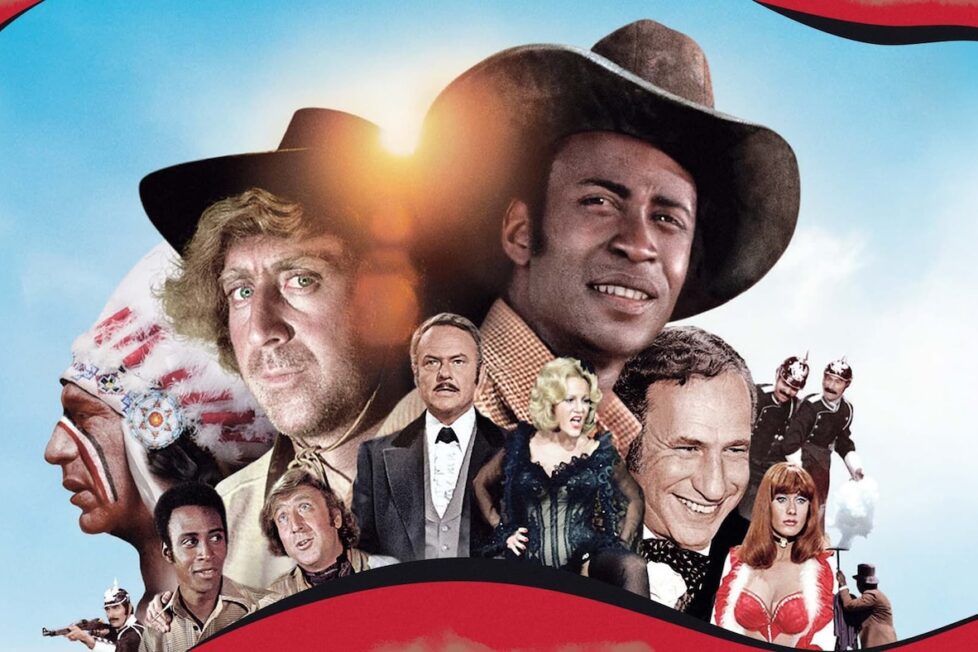
In order to ruin a western town, a corrupt politician appoints a black Sheriff, who promptly becomes his most formidable adversary.


As if touched by a red-hot branding iron, the celluloid burns away to reveal a vast Western plain. Frankie Lane’s smooth crooning, an anthem of the American frontier, rings out. It tells the tale of a man who rode a fiery saddle, ridding the world of evil. The cracking of a whip punctuates the end of each bar, whisking us away to the Wild West. The song is so compelling that you would be forgiven for thinking that you were watching a genuine genre piece—after all, Frankie Lane did.
Blazing Saddles is one of the best spoofs ever made. The story follows Bart (Cleavon Little), an African American working on the railway in 1874. After being roped into a corrupt politician’s plot to secure a small town, he’s appointed Sheriff of Rock Ridge. As one might expect, this doesn’t go down well with the town’s inhabitants.
From the very first shot, Mel Brooks’ acumen for satirising both American history and contemporary society is evident. Nothing is out of bounds: not race, class, nor creed. Brooks perceptively understands that the effectiveness of satire hinges on presenting a contemptible viewpoint with an unfaltering deadpan demeanour. Blazing Saddles not only exemplifies how to weave subtle social commentary into a seemingly absurd narrative but also underscores the potency of satire as a tool for critiquing power structures, even if it isn’t always understood.
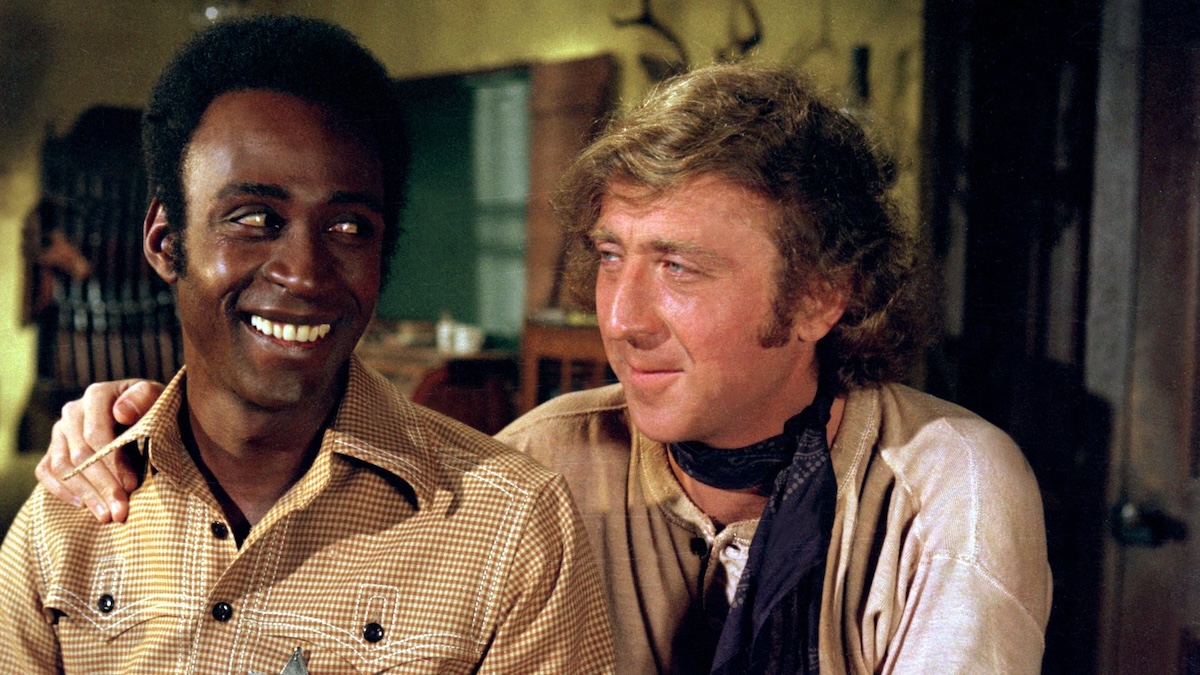
Blazing Saddles’ brilliance stems not only from its hilarious spoof-y nature, but also from its success as a genuine Western film in its own right. It delights with lovable characters and zany villains, drawing a clear-cut line between good and evil, a genre trope that remained largely unchallenged until Clint Eastwood’s Unforgiven (1992). Adding to its charm are the lavish set pieces, actually filmed on the same outdoor sets as Westworld (1973), and the fitting costumes worn by adept performers, all of which combine to create the same flawless texture as a sincere tale of the old, Wild West.
Naturally, Mel Brooks creates such a convincing backdrop as a platform for expertly parodying the genre and the characters that inhabit such stories. Cinematic legends like Cecil B. DeMille and Marlene Dietrich come under fire, while films like Oklahoma! (1955), Cabaret (1972), and The Treasure of The Sierra Madre (1948) are also referenced. Importantly, Brooks employs the unique advantage of the spoof genre by strategically situating the film’s narrative outside of historical bounds. This allows for humorous references to figures like Jesse Owens and Randolph Scott, despite their not having been born. In essence, the humour dictates the temporal framework, leading us in and out of the diegetic universe as the jokes necessitate.
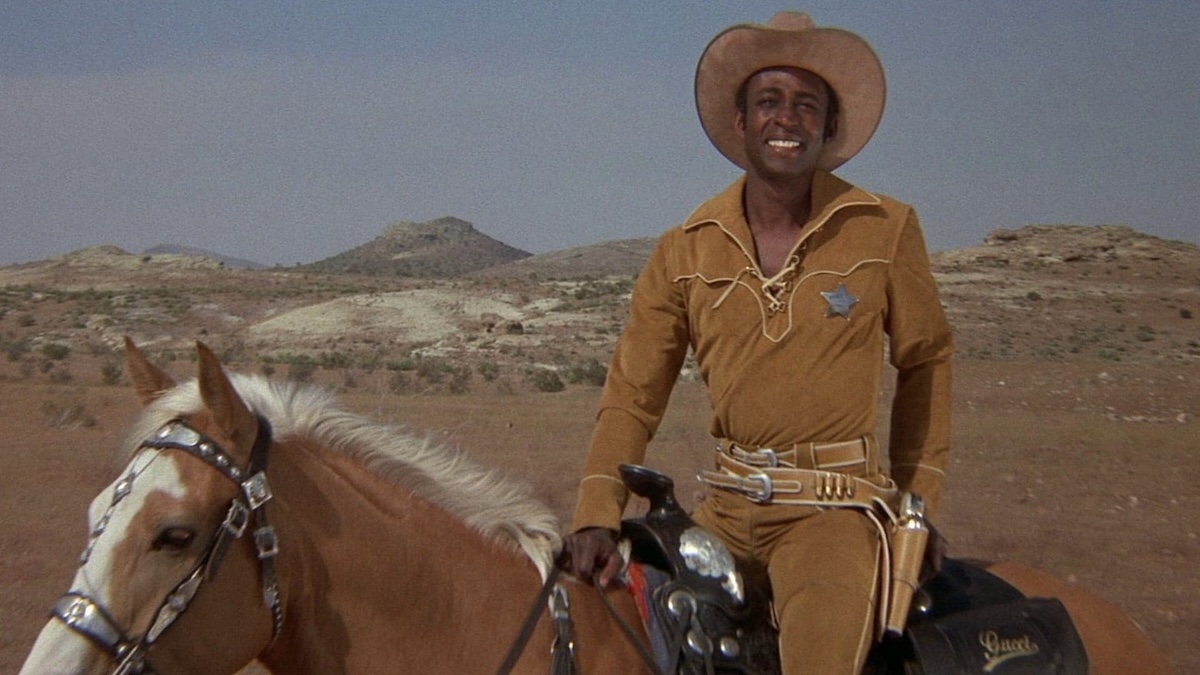
Although these constant references to film, history, and culture pepper the film, they are rarely the central source of humour. Instead, it seems Brooks had so many gags he needed to cram in that they merely serve as subtle nods to the informed viewer, while physical comedy, slapstick, and the screenplay’s sheer audacity carry the comedic weight. This also includes a remarkably funny example of meta-humour, with Hedley Lamarr (Harvey Korman) watching the film’s ending in the cinema. One wonders if this inspired the Monty Python team for their ending in Monty Python and The Holy Grail (1975).
With this in mind, Blazing Saddles is a film that could serve as edification for several comedy filmmakers out there. It’s structured perfectly, with a concise beginning, middle, and end; the laughs never get in the way of the story functioning as it should. If there isn’t a cohesive story in place, a spoof may just end up feeling like a confused, messy hodgepodge of sketches mashed together. On top of this, there’s a brilliant display of editing that allows for a narrative economy; no joke goes on for too long, nor are there superfluous scenes.
While it sometimes feels like there were missed opportunities for the writers and performers to flesh out some of the jokes, ultimately, keeping the film short and sweet was the wiser choice. A prolonged and aimless spoof quickly loses its lustre. This is a lesson worth remembering for the likes of modern spoof-makers Jason Friedberg and Aaron Seltzer, though one can pray that their contributions to cinematic comedy have ceased.
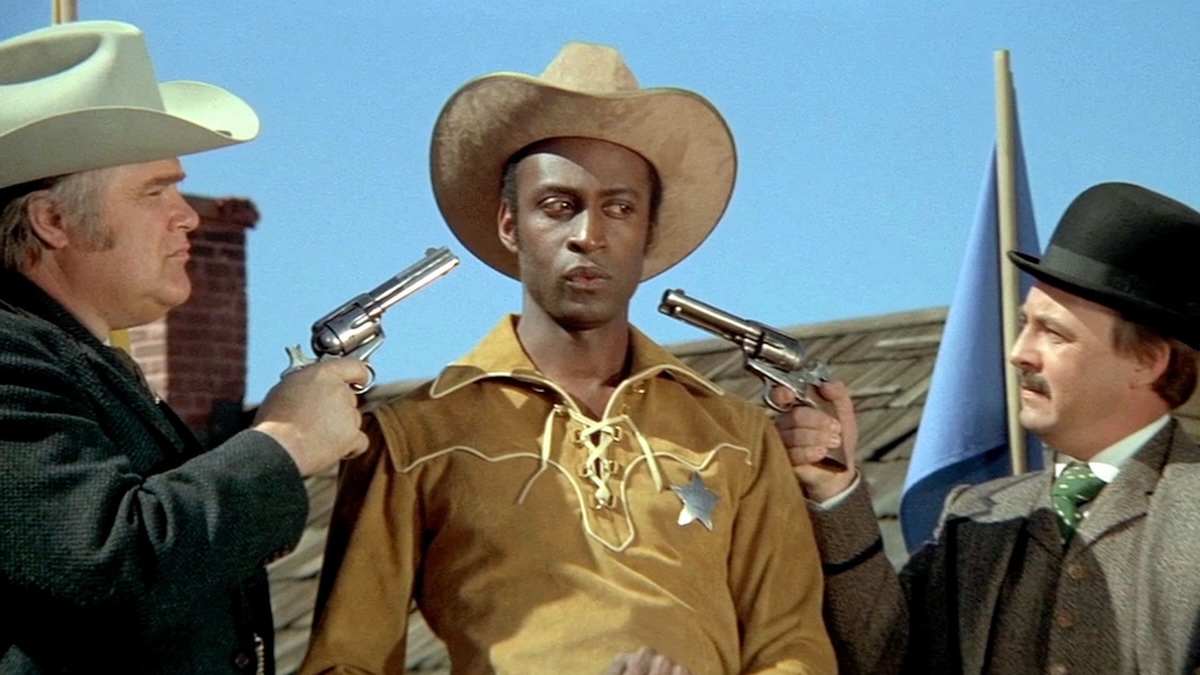
Blazing Saddles is frequently cited as a film impossible to produce in today’s climate, a claim I readily accept, albeit with a pang of regret. Both audiences at the time and studio executives at Warner Bros. took issue with its repeated use of racial slurs. Yet, as Brooks himself has argued, the film’s very essence hinged on this controversial language. Without it, the scathing critique and satirical mockery of certain positions would lose their bite and accuracy. After all, how can one accurately criticise and ridicule a certain position without imitating it accordingly?
In an interview, Brooks revealed that he wrote Blazing Saddles fueled by anger and frustration at the pervasive presence of “white corruption, racism, and Bible-thumping bigotry”. The film showcases these societal ills with unflinching clarity. Brooks’ brilliant comedic performance as the inept and self-serving Governor William J. Le Petomane, whose sole concern is maintaining his “phoney baloney job,” masterfully satirises the failings of incompetent and self-interested government. While the inhabitants of Rock Ridge are presented as flawed and often ridiculous, this very exaggeration serves to heighten the absurdity of the prejudices they embody and demands that we confront them, no matter how uncomfortable.
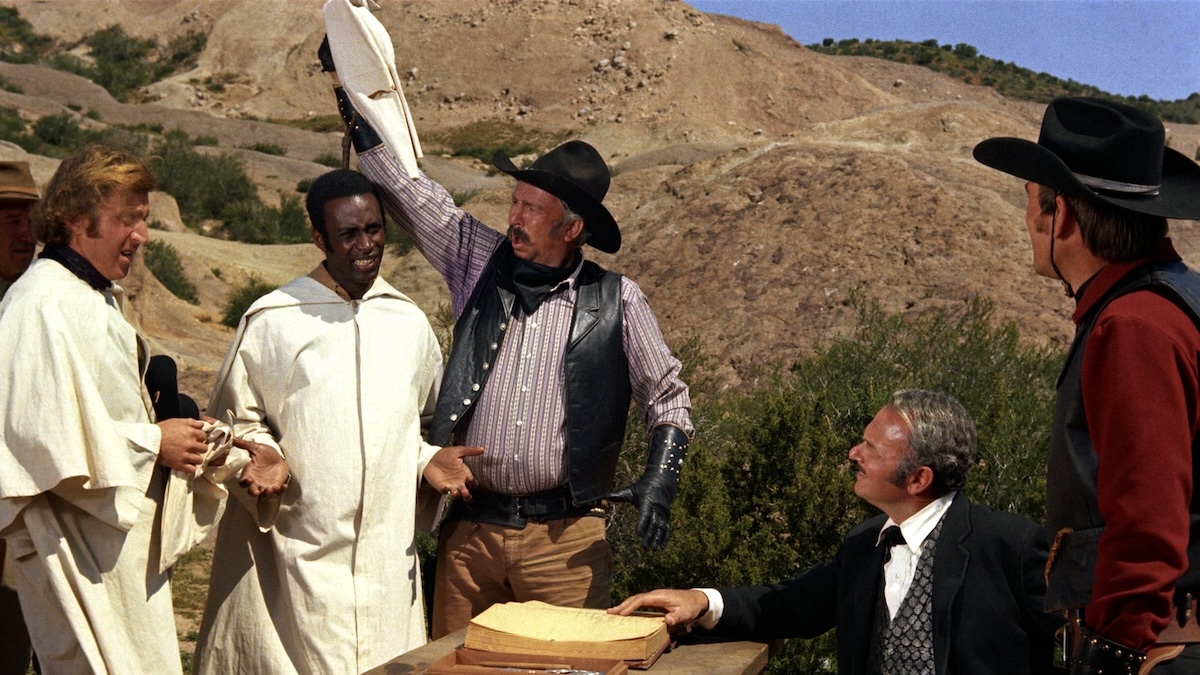
In setting this film exactly 100 years before its release, Brooks invites his audience to examine their very recent history. The fact that his only written complaints came from white people contesting his use of the N-word suggests that he had struck a nerve, even if some missed the underlying message. While there’s some truth to the notion that satire can be dangerous if misunderstood, suggesting that comedy should be stripped of nuance in order to be immediately comprehensible is, in my opinion, even more dangerous.
Films like this probably could not be made anymore, but that is a pity, not an intellectual nor moral triumph. Holding a mirror to people’s baseless prejudices, however absurd, can be both significant and hilariously effective. This is dramatized best when Olson Johnson (David Huddleston) acquiesces to give land to the Chinese and African-Americans, but he draws the line at living beside the Irish. How people come to such bizarre, radical notions is simultaneously disturbing and hysterical.
The performances in the film are all perfect. Cleavon Little plays Bart with impeccable composure and a cocky grin that sharply contrasts the dour townsfolk. His adversary, however, frequently steals the show, even though they share few scenes. Harvey Korman masterfully sculpts Hedley Lamarr into an ambitious, yet inept politician who is as bizarre as he is scheming. Watching him fondle a statue to aid his brainstorming, much to the consternation of Taggart (Slim Pickens), is side-splittingly funny.
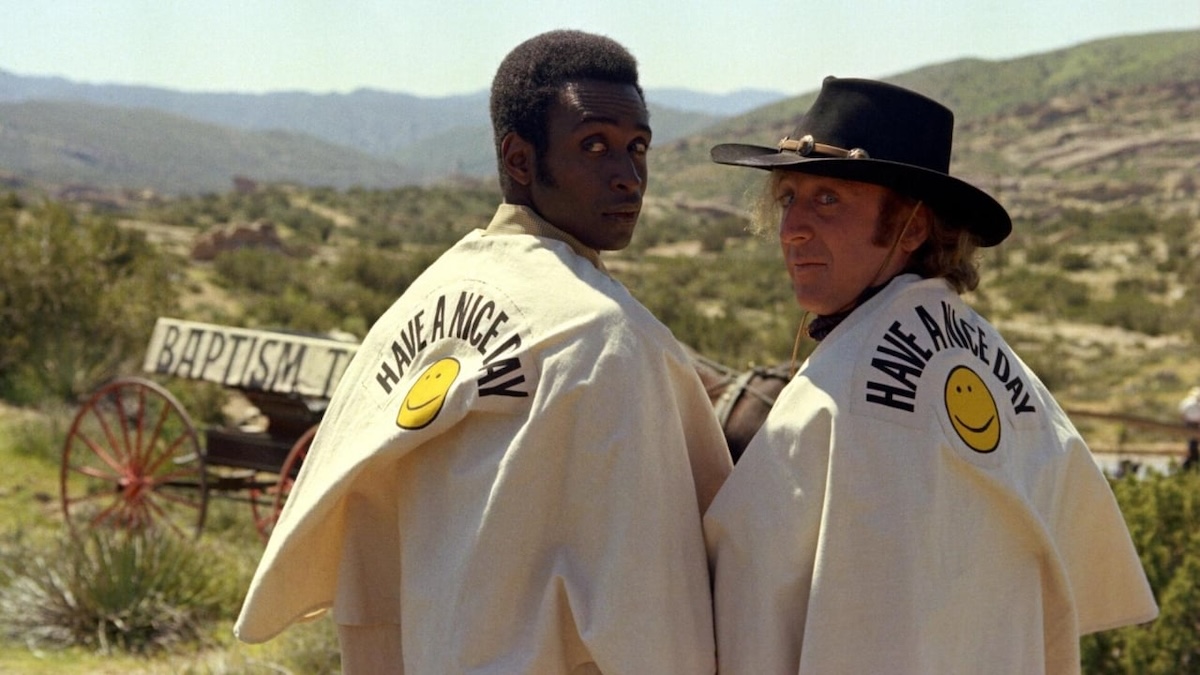
Another performer who nearly steals the show is Madeline Kahn as Lili Von Shtupp. Her muddled accent and slightly broken English are priceless, masterfully parodying Marlene Dietrich’s iconic performance in Destry Rides Again (1939) opposite James Stewart. Several of Kahn’s scenes, particularly her encounter with Bart in the shadows, proved too risqué for studio executives. Even her character’s name is an intentional slap in the face of decency: “shtupp” in Yiddish is a vulgar term for intercourse.
Surprisingly, Gene Wilder’s performance, while competent, lacks the electric spark he displayed in Young Frankenstein (1974). Though one could argue that he’s portraying a world-weary gunslinger, tired and disinterested, a sense of deeper weariness could have added intrigue. Still, if Wilder’s performance is your only point of critique, then the film has indeed achieved much.
The legacy of Blazing Saddles, five decades after its release, remains undeniably potent. It left an indelible mark on my mind when I first saw it as a child; even if I didn’t understand all of the jokes, it definitely conveyed the sheer stupidity that is deeply embedded into large swathes of our society. Released in the same year as his equally laudable Young Frankenstein, Brooks’ accomplishment of delivering two iconic comedies within one year is admirable, if not totally unparalleled. However, what is even more admirable was his decision to create and release a film that garnered little enthusiasm at Warner Brothers. Defying opposition, he crafted a scathing commentary on corrupt authority, corrosive beliefs, and our distaste for our own history. Even more impressively, he keeps us laughing throughout the entire time.
USA | 1974 | 93 MINUTES | 2.40:1 | COLOUR | ENGLISH

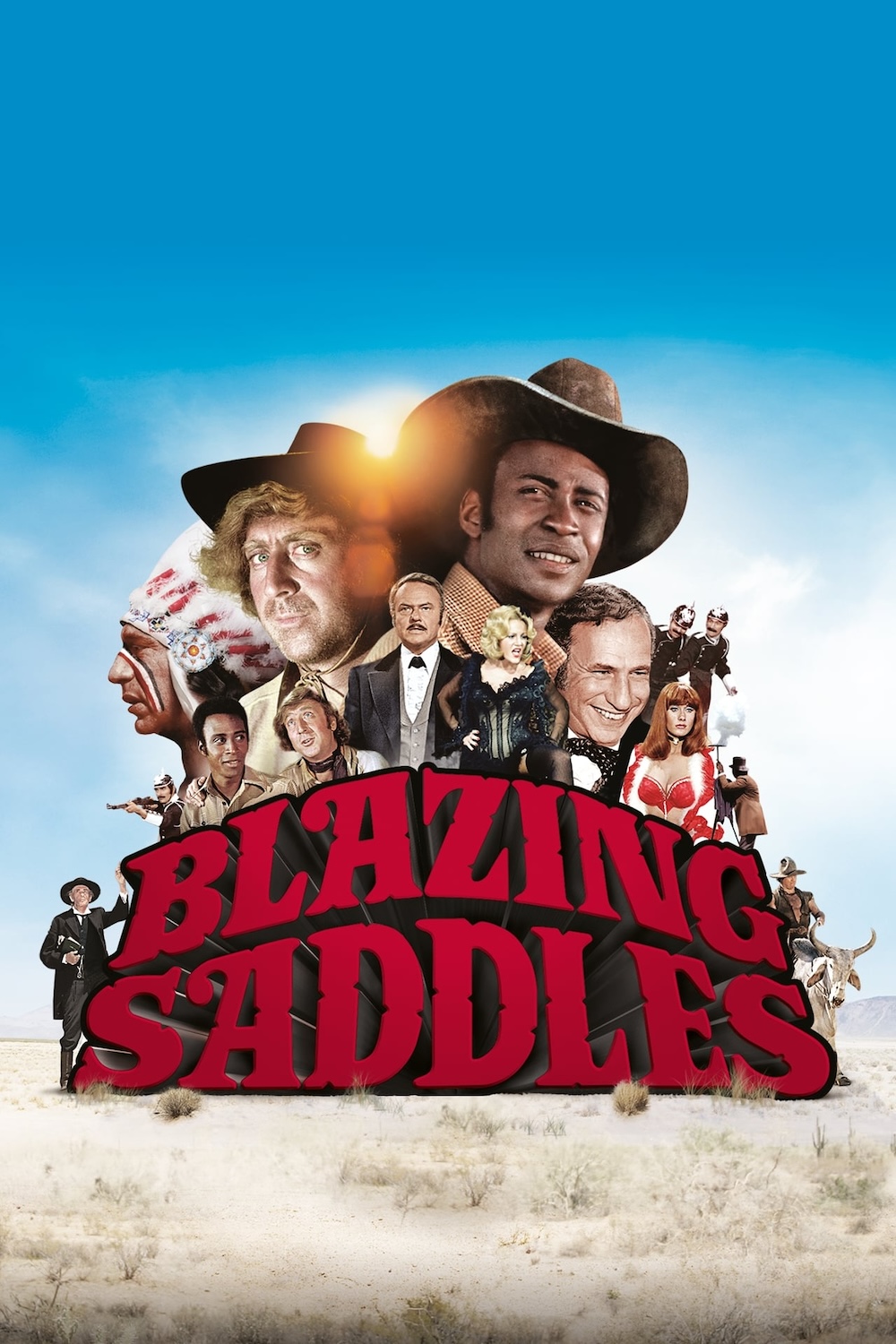
director: Mel Brooks.
writers: Mel Brooks, Norman Steinberg, Andrew Bergman, Richard Pryor & Alan Uger (story by Andrew Bergman).
starring: Cleavon Little, Gene Wilder, Slim Pickens, Alex Karras, Mel Brooks, Harvey Korman & Madeline Kahn.
